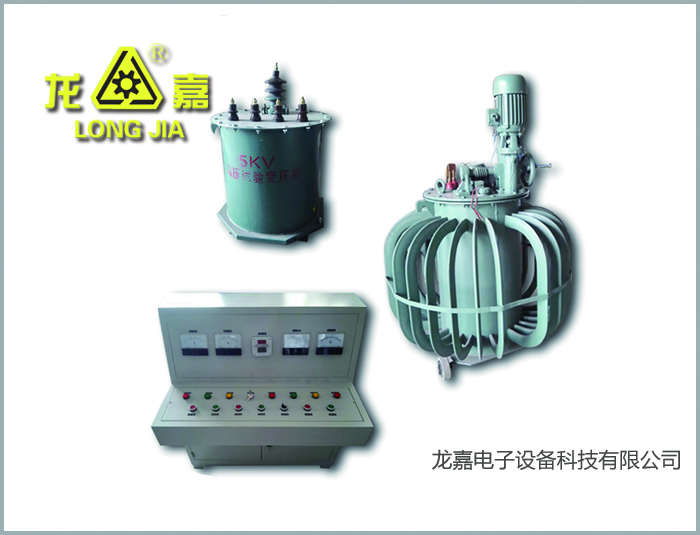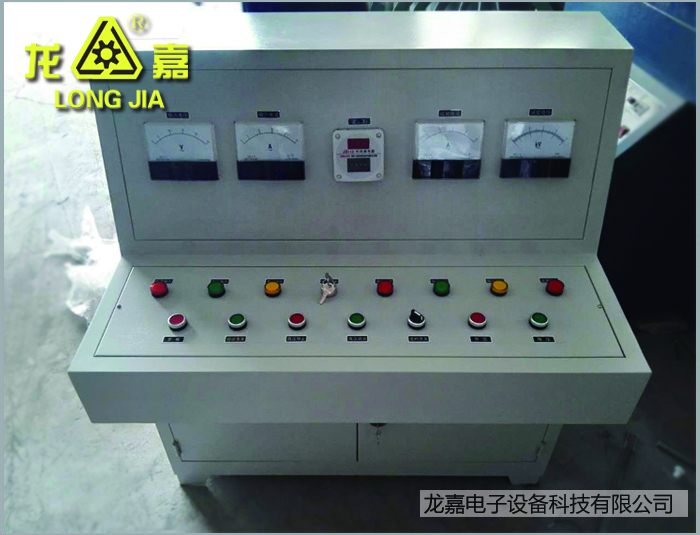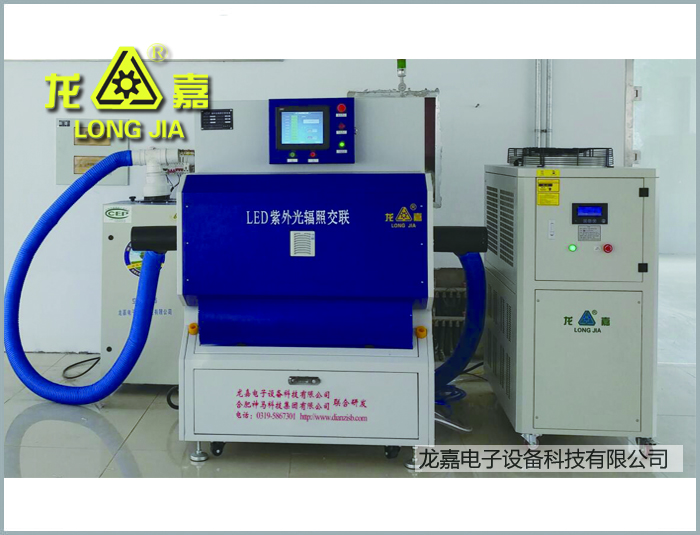Power frequency high voltage test bench is designed for finished low voltage cable. The equipment consists of console, 50KVA induction voltage regulator and experimental transformer. The standard capacity of the equipment is 50KVA and the voltage is 5KV. Generally, the withstand voltage of the low-voltage cable is 3.5KV, and the equipment shall be 5KV. The equipment operation is electrically controlled. If the cable has a break, the high voltage will automatically return to zero, the audible and visual alarm and the leakage protection will protect the safety of the operator and the staff to the maximum extent.
First, the steps of cable fault detection
1. Judging the nature of cable faults: mainly using megohmmeters and multimeters;
2, Cable Detection Equipment: mainly using range finder and pulse high voltage generator;
3, cable path and identification detection: cable path meter (used when the buried cable path is not clear), cable identifier (use when looking for the specified cable);
4, cable fault fixed point: use the fixed point meter and pulse high voltage generator.

Cable Detection Equipment
Second, cable fault location equipment
1, DC high voltage pulse generator
Function: Apply a high voltage DC pulse signal to the faulty cable to make the fault click through to detect the fault. The cable rangefinder and the pointing device can only be used if the fault is clicked. The DC high voltage pulse generator can be synthesized by a combination of a separate voltage regulator, a high voltage transformer, a high voltage pulse capacitor, a ball gap, Wire Detection Equipment or the like, or an integrated dedicated electric winding can be used to test the DC high voltage pulse generator. Of course, the convenience and security of dedicated integrated devices are greatly improved, but the capacity and voltage are limited.
2, range finder
Currently, the traveling wave method is mainly used, and the range finder is connected to one end of the cable to test the distance of the fault point. The range finder can also be used to measure cable lengths, intermediate joints and joint positions, as well as to correct wave speeds.
Third, cable path meter and identifier
1. The path meter is used to find the cable path buried in the underground, and is divided into two parts: the audio signal generator and the receiver. The audio signal generator is placed at one end of the cable and an audio signal is applied to the cable. The receiver receives the audio signal laid by the cable and determines the magnitude of the signal to determine the cable path. Some foreign imported high-end path meters can also indicate the direction of the cable position, determine the direction of the current, and intelligently determine whether the tracking is the cable that applies the signal.
2. The cable identifier is a device used to find a specified cable from a number of cables laid. It is very important in the work of cable making intermediate joints and cutting cables, which can effectively prevent the cutting to the live or other line cables during operation and avoid electric shock accidents. At present, there are also integrated devices in which the identification device and the path meter are combined in the imported equipment.

Wire Detection Equipment
Fourth, cable fault fixed point equipment
The cable fault finder is used to determine the approximate location of the fault point, and the cable fault locator is the device used to determine the exact location of the fault point. Use the pickup placed on the ground to sense the blasting sound from the fault point of the cable, and use the earphone to monitor the exact position of the fault point.

UV-light irradiation cross-linked cable equipment
The acousto-magnetic synchronous pointing device can also receive the electromagnetic field signal and the sound signal instantaneously emitted by the cable discharge through the magnetic field sensor, UV-light irradiation cross-linked cable equipment thereby improving the ability to resist external interference. Nowadays, the acousto-magnetic waveform display type fixed point meter is often used, and the waveform of the acoustic and magnetic signals is measured, and the acoustic magnetic delay is measured to assist in accurately determining the position of the fault point, thereby improving work efficiency.
Xingtai Longjia Electronics Technology Co.,Ltd.
Copyright © Xingtai Longjia Electronics Technology Co.,Ltd. All Rights Reserved | Sitemap |Powered by 
